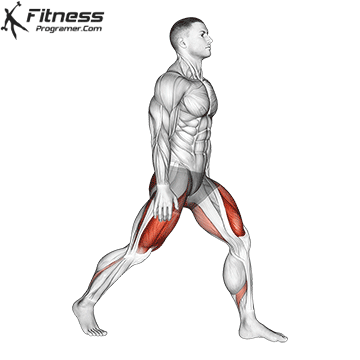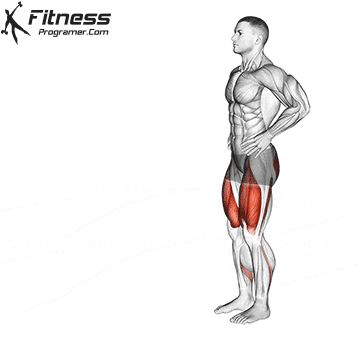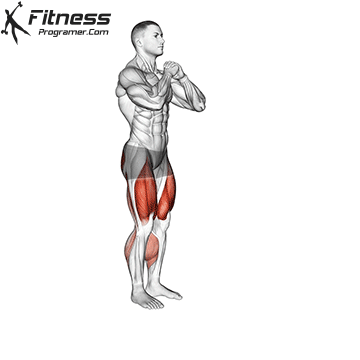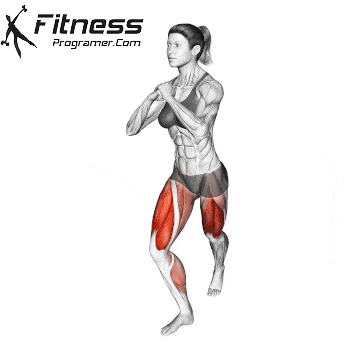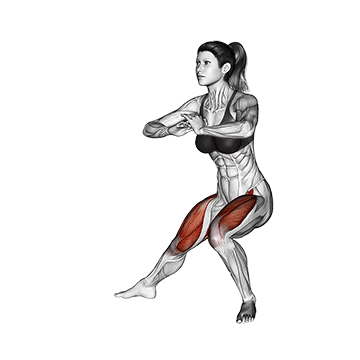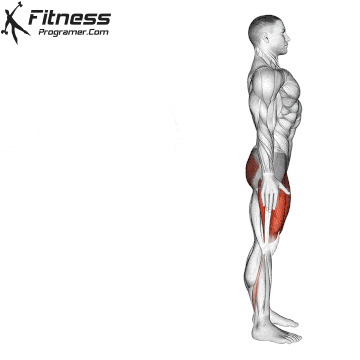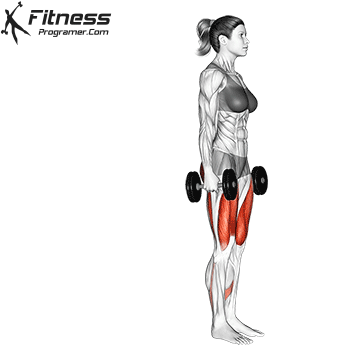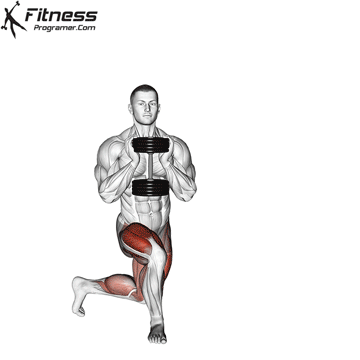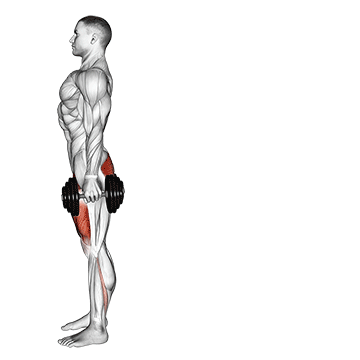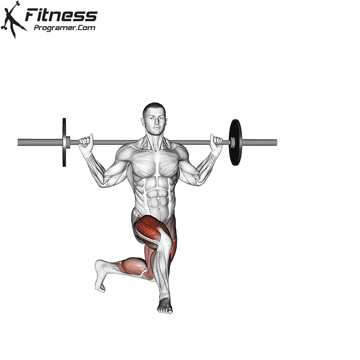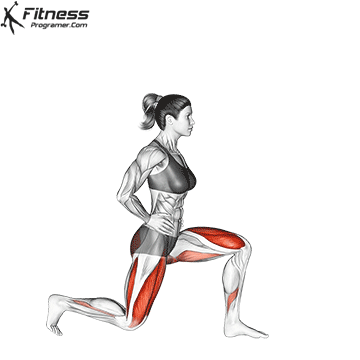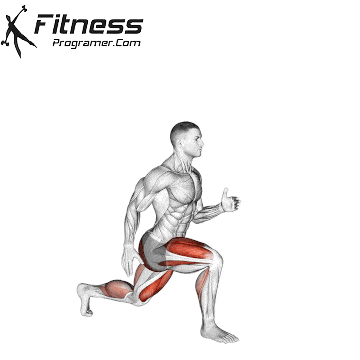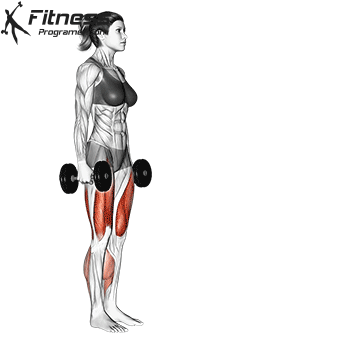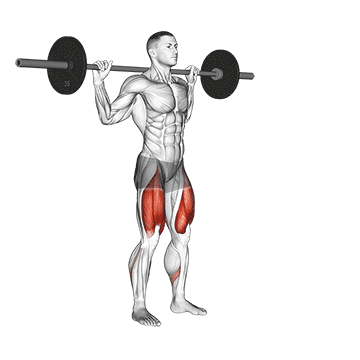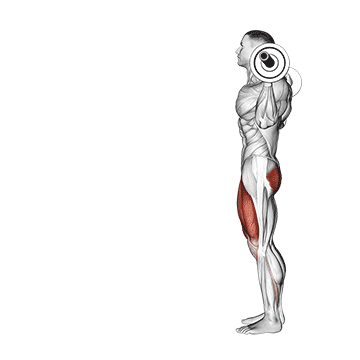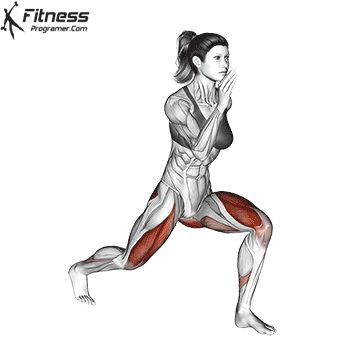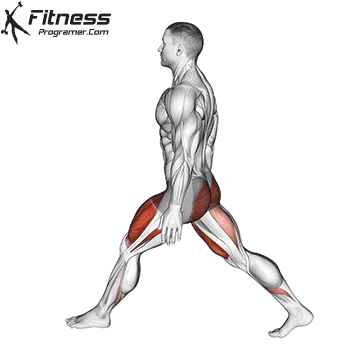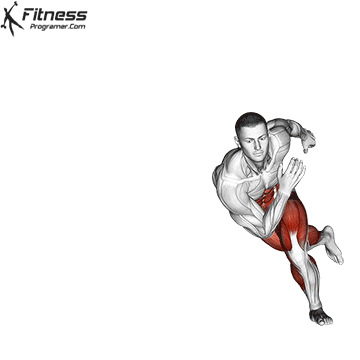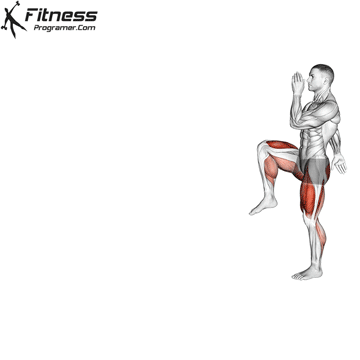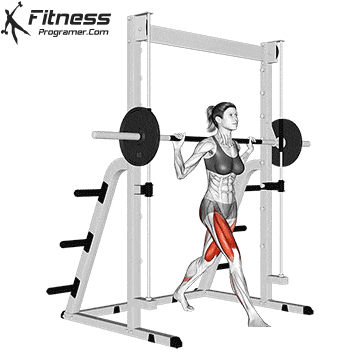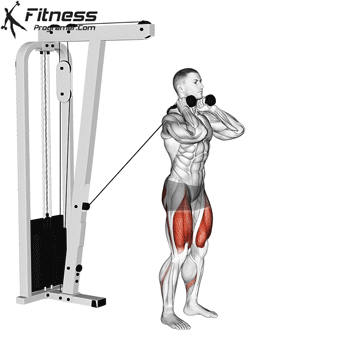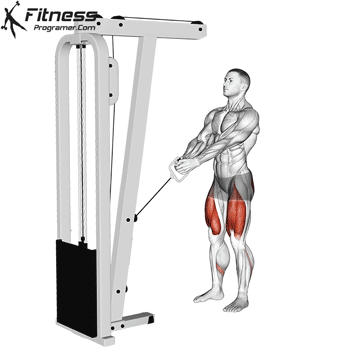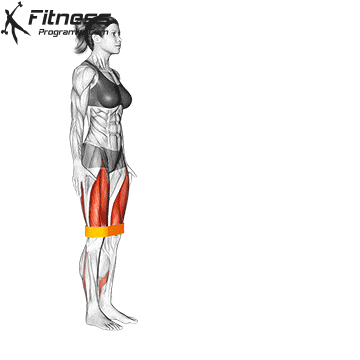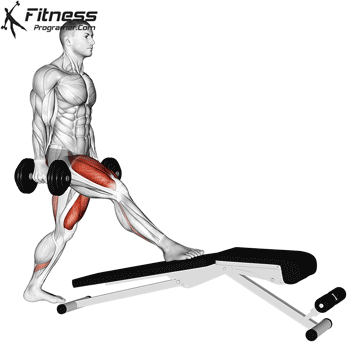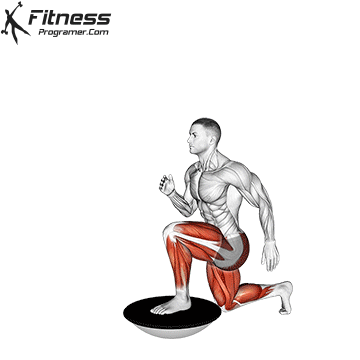Overview
The bodyweight walking lunge is a unilateral lower-body strength and mobility exercise that targets the quadriceps, hamstrings, and glutes while engaging the core for balance. Unlike stationary lunges, this variation challenges balance and coordination, as the body shifts forward with each repetition. It is an effective way to build leg strength, endurance, and coordination without equipment.
How to Perform Bodyweight Walking Lunge
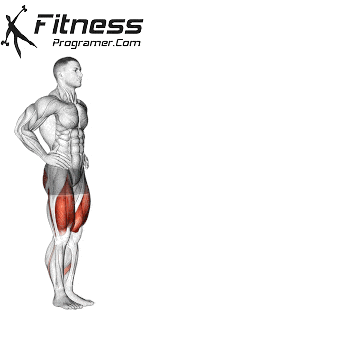
Starting Position: Stand upright with feet hip-width apart, arms at your sides or hands on your hips.
Step Forward: Take a controlled step forward with one leg, lowering your hips until both knees bend at 90 degrees.
Lowering Phase: Keep your torso upright and core engaged as the back knee hovers just above the ground.
Push Through Heel: Press through the heel of your front foot to rise and bring the rear leg forward into the next step.
Continue Walking: Alternate legs in a smooth, continuous motion until all repetitions are complete.
Tips for Proper Form
Keep your chest lifted and spine neutral throughout the movement.
Take deliberate, controlled steps to maintain balance.
Ensure the front knee stays aligned over the ankle and does not collapse inward.
Engage the core to stabilize your body and prevent wobbling.
Common Mistakes
Overstepping or Understepping: Leads to poor alignment and reduces effectiveness.
Leaning Too Far Forward: Places excess stress on the lower back.
Letting the Knee Collapse Inward: Increases risk of joint strain and reduces glute activation.
Benefits of the Bodyweight Walking Lunge
Builds Leg and Glute Strength Strengthens quads, hamstrings, and glutes for balanced lower-body development.
Improves Balance and Coordination Trains stabilizing muscles and enhances athletic performance.
Enhances Hip Mobility Promotes hip flexibility through the extended step motion.
Corrects Muscular Imbalances Each leg works independently, addressing strength asymmetries.
Requires No Equipment Accessible anywhere, making it ideal for home workouts or travel routines.
How to Incorporate Into Your Routine
For Beginners: Perform 2–3 sets of 8–10 reps per leg, focusing on balance and form.
For Hypertrophy: Add dumbbells or kettlebells, 3-4 sets of 8-12 reps, along with other lower leg exercises for a greater hypertrophic effect.
For Endurance and Conditioning: Use higher reps (20–30 steps per set) as part of bodyweight circuits or warm-ups.
For Athletic Training: Integrate walking lunges with explosive drills like jump squats for dynamic leg power.
Bodyweight Walking Lunge: Muscles Worked
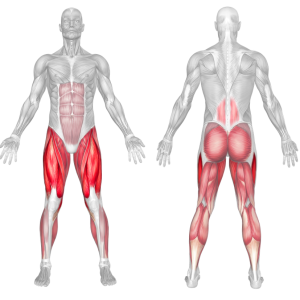
Frequently Asked Questions
Are bodyweight walking lunges safe for knees?
Yes, when performed with proper alignment. Keep the front knee over the ankle.
How many walking lunges should I do?
Start with 10–12 steps per leg and progress as strength improves.
Can I add weights to walking lunges?
Yes, holding dumbbells or a barbell increases resistance for strength and muscle growth.
Should I step far or short in walking lunges?
Aim for a stride length that allows both knees to bend at 90 degrees.
Are walking lunges better than stationary lunges?
Both are effective; walking lunges provide more dynamic balance and functional carryover, while stationary lunges are easier for beginners to control.
Bodyweight Walking Lunge Variations
Adding variations can help you target different muscle groups and keep workouts fresh. The key is to always maintain good form and use weights that are right for your fitness level and goals.

